Religion
Aeon Essays and Videos on Religion

essayReligion
Green dominion
Coursing through Catholicism is a radical tradition of environmental justice that will help combat the climate crisis
Mike Mariani
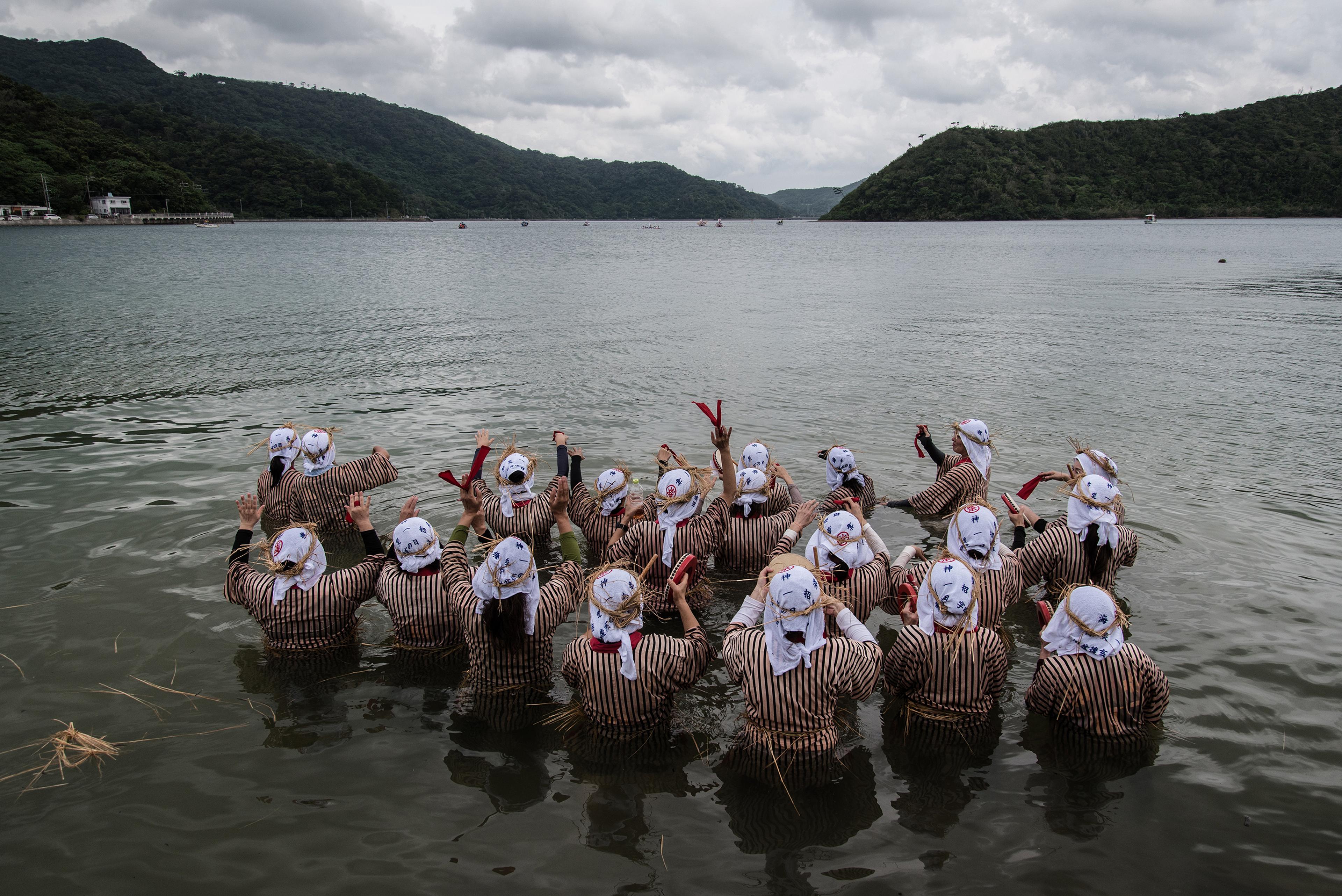
essayPhilosophy of religion
Undefinable yet indispensable
Despite centuries of trying, the term ‘religion’ has proven impossible to define. Then why does it remain so necessary?
Kwame Anthony Appiah
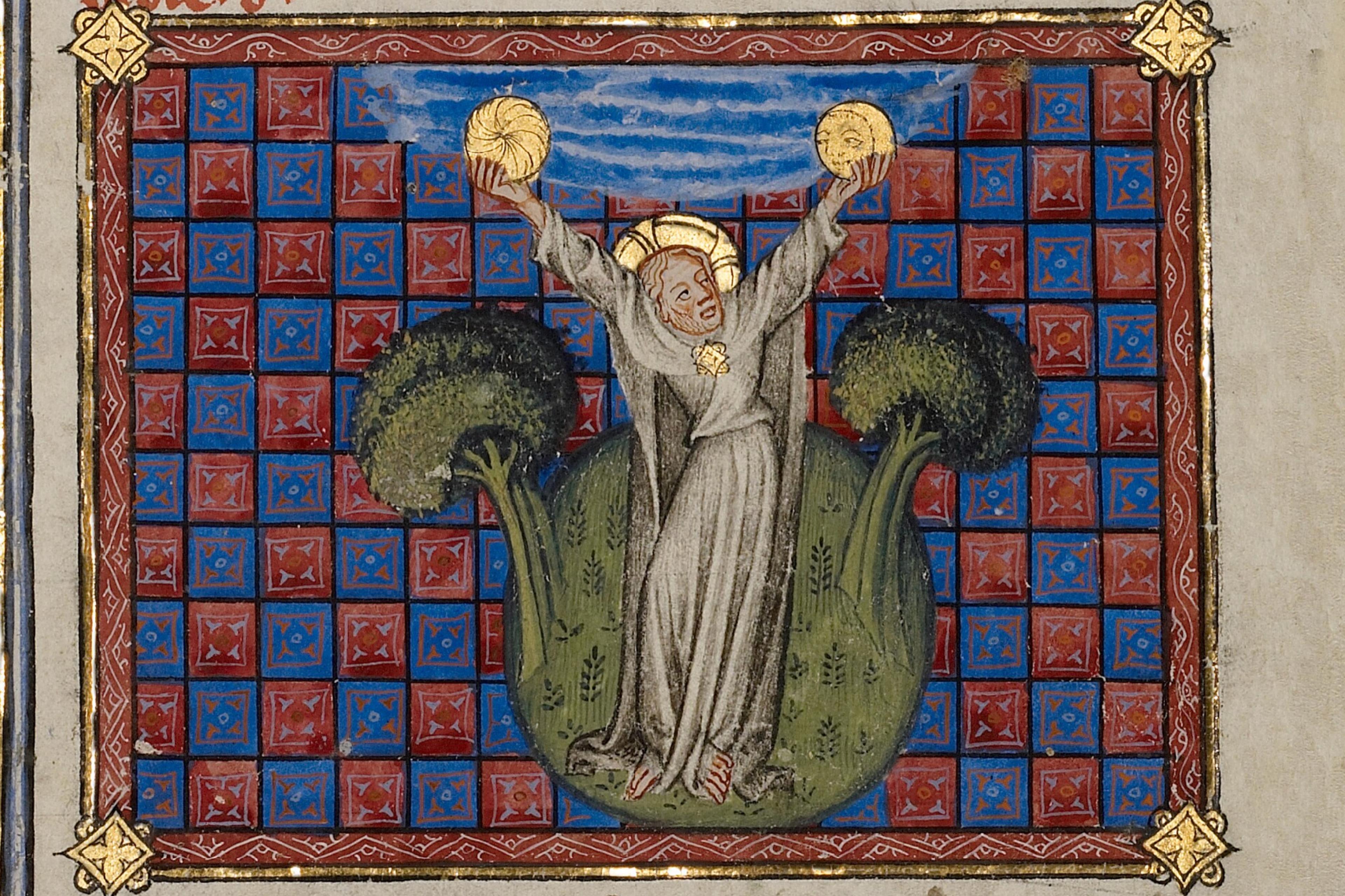
essayArt
Medieval moons
Some saw the Moon as representing creation, yearning for the Divine, some saw the Moon as almost Divine herself
Ayoush Lazikani
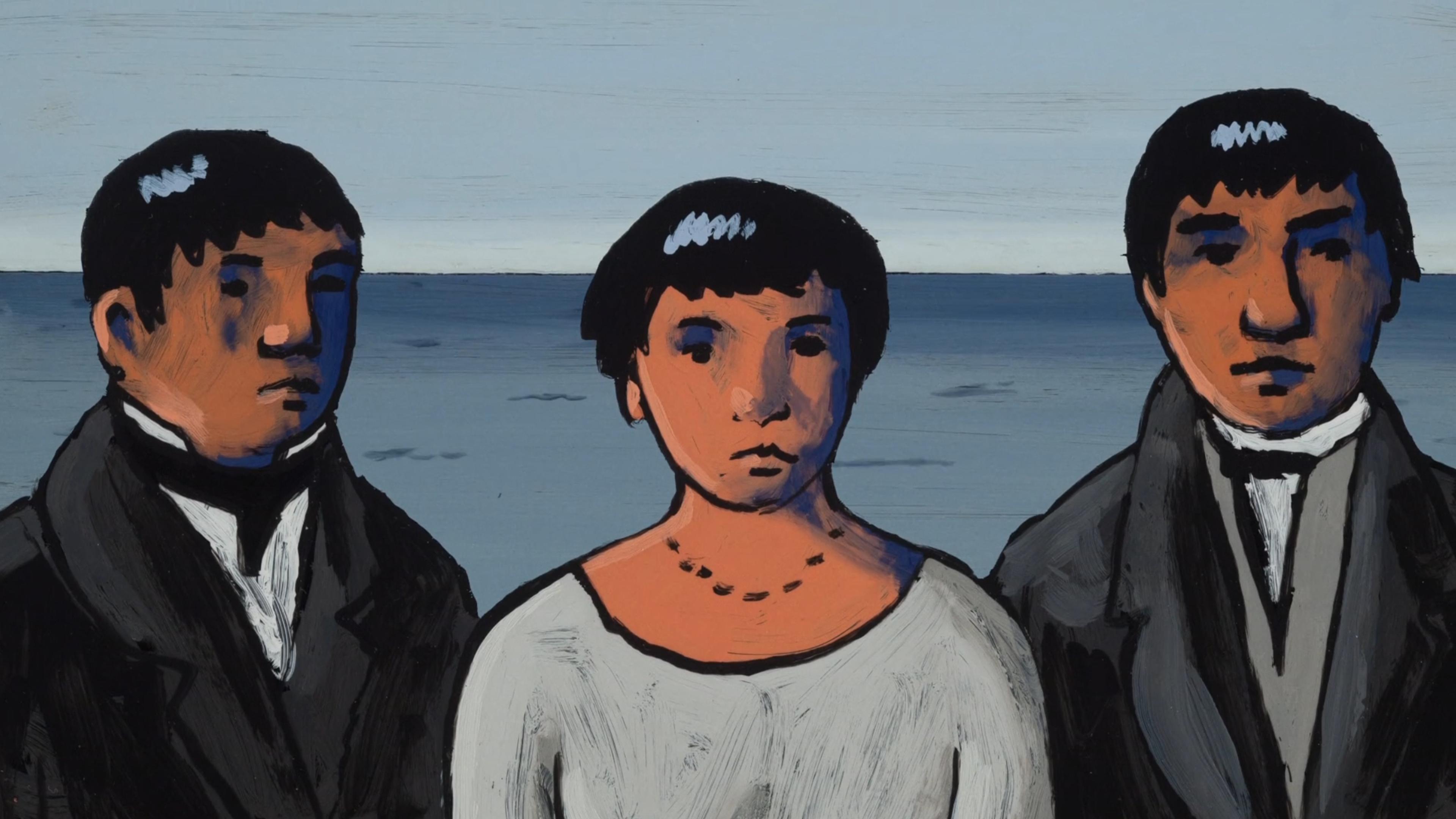
videoGlobal history
The story of the captives transported on the HMS Beagle with Darwin
9 minutes

videoGender
In an act of resistance, Elahe forgoes a hijab at a family party
27 minutes

videoArchitecture
Steep climbs lead to sacred spaces carved high into the cliffs of Ethiopia
9 minutes

essayReligion
An unholy alliance
In the 1930s, the rise of Nazism brought centuries of animosity between Europe’s Catholics and Protestants to an end. Why?
Udi Greenberg

essayReligion
Demonology
By turns benign and malign, powerful and vulnerable, earthbound and aerial, daimons across the world resemble one another
David Gordon White

videoStories and literature
Two variants of a Hindu myth come alive in an animated ode to Indian storytelling
14 minutes

videoSpirituality
Through rituals of prayer, a monk cultivates a quietly radical concept of freedom
4 minutes

essayReligion
Prosperity versus liberation
How Pentecostalism’s prosperity gospel replaced Catholic liberation theology in Latin American life
Elle Hardy

videoHistory
From Afghanistan to Virginia – the Muslims who fought in the American Civil War
22 minutes

essayNations and empires
Utopia brasileira
Within less than a decade, Brazil will have as many evangelicals as Catholics, a transcendence born of the prosperity gospel
Alex Hochuli

essayReligion
The script creator
Pau Cin Hau dreamt of an alphabet for a language that had never been written down. So began the religion of Laipianism
Bikash K Bhattacharya

essayAnthropology
Witches around the world
The belief in witches is an almost universal feature of human societies. What does it reveal about our deepest fears?
Gregory Forth

essayValues and beliefs
My leap across the chasm
After years of debate and contemplation, I’ve come to think a heretical form of Christianity might be true. Here’s why
Philip Goff

videoMeaning and the good life
‘Everydayness is the enemy’ – excerpts from the existentialist novel ‘The Moviegoer’
2 minutes

essayNations and empires
The paradoxes of Mikha’il Mishaqa
He was a Catholic, then a rationalist, then a Protestant. Most of all, he exemplified the rise of Arab-Ottoman modernity
Peter Hill
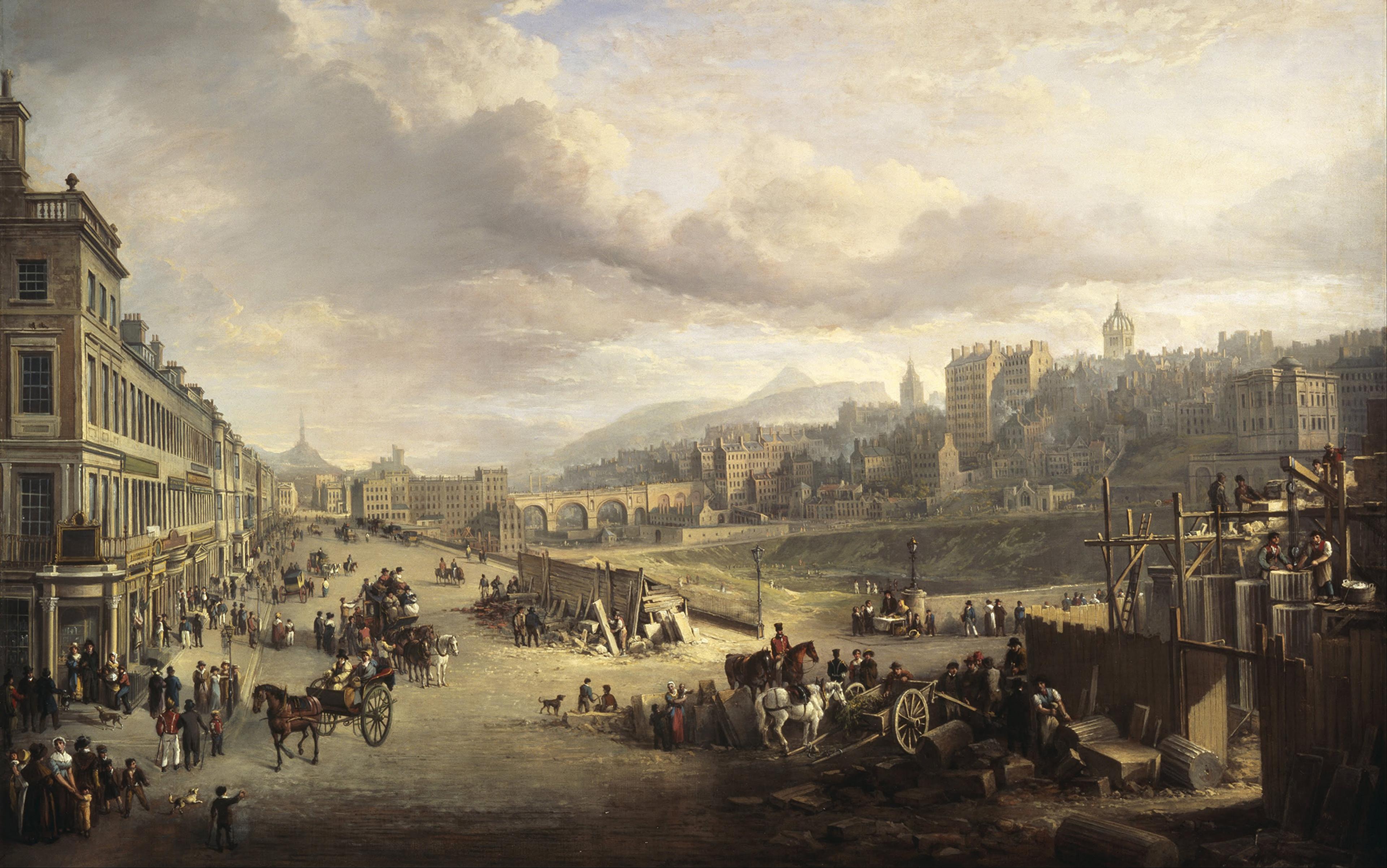
essayReligion
Conscientious unbelievers
How, a century ago, radical freethinkers quietly and persistently subverted Scotland’s Christian establishment
Felicity Loughlin
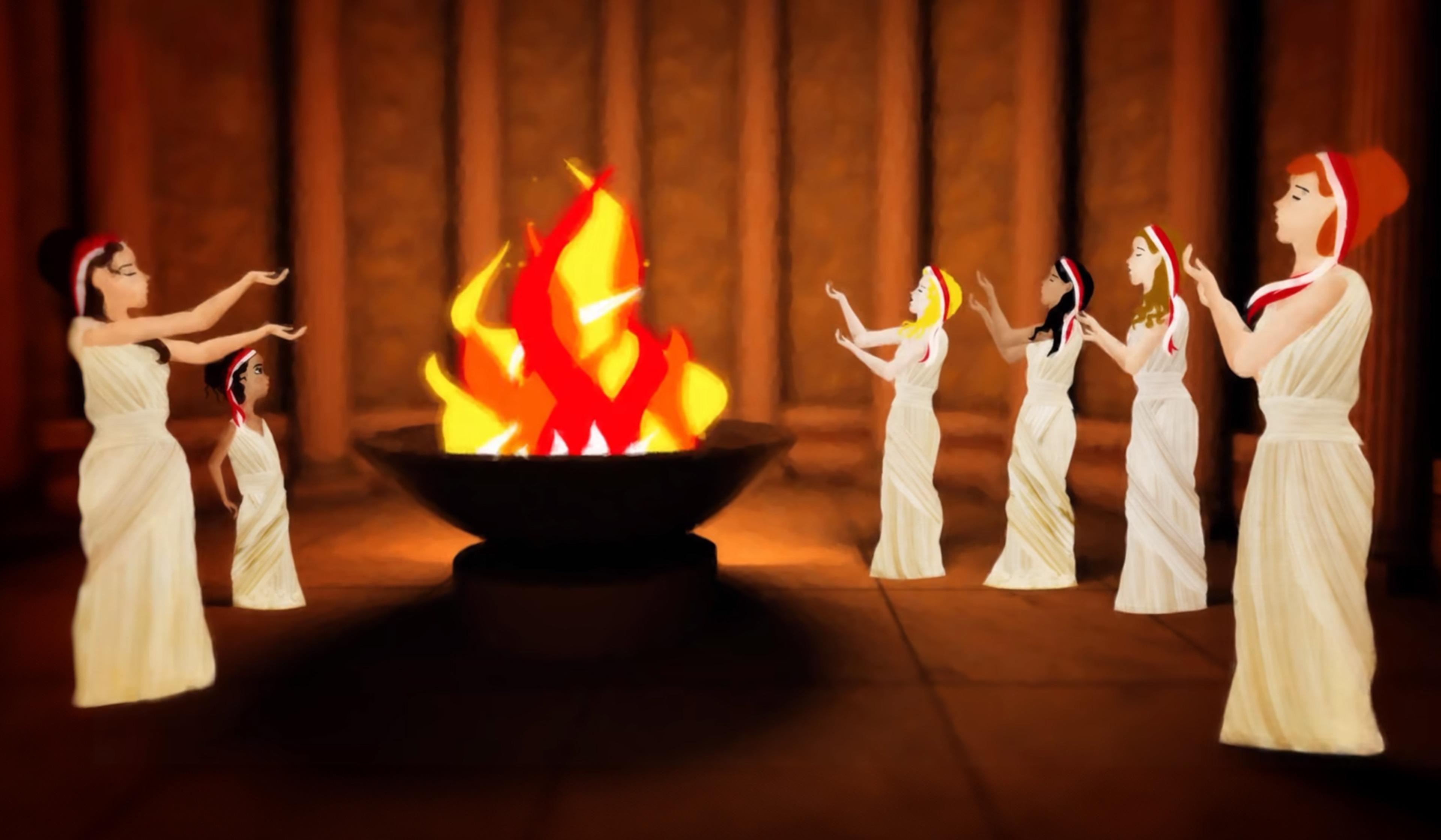
videoThe ancient world
The six priestesses who kept the flame of ancient Rome alight at risk of death
5 minutes
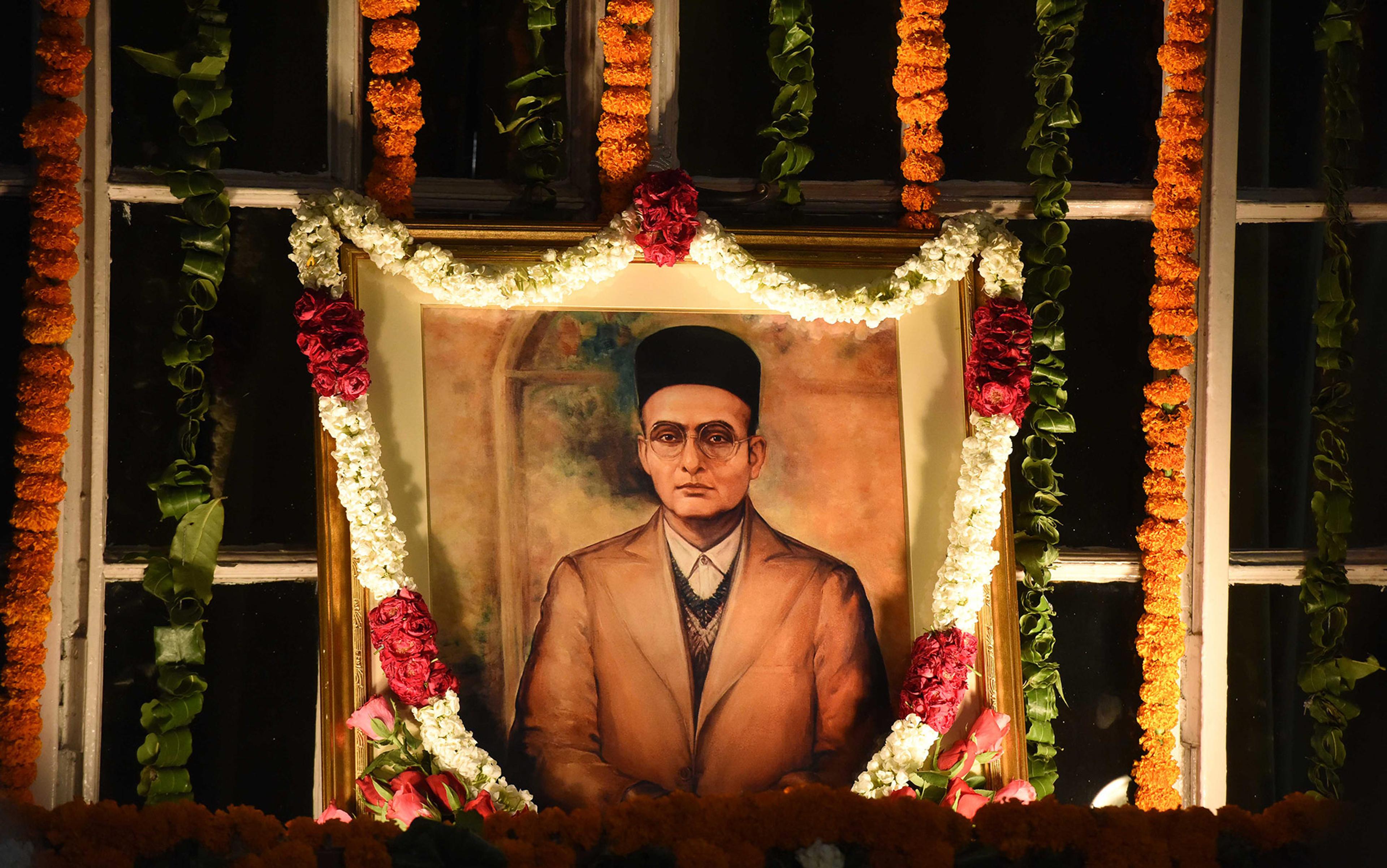
essayReligion
Inventing Hindu supremacy
Vinayak Savarkar ridiculed Gandhi, preaching that anti-Muslim violence was the only means to unite India into a nation
Mihir Dalal
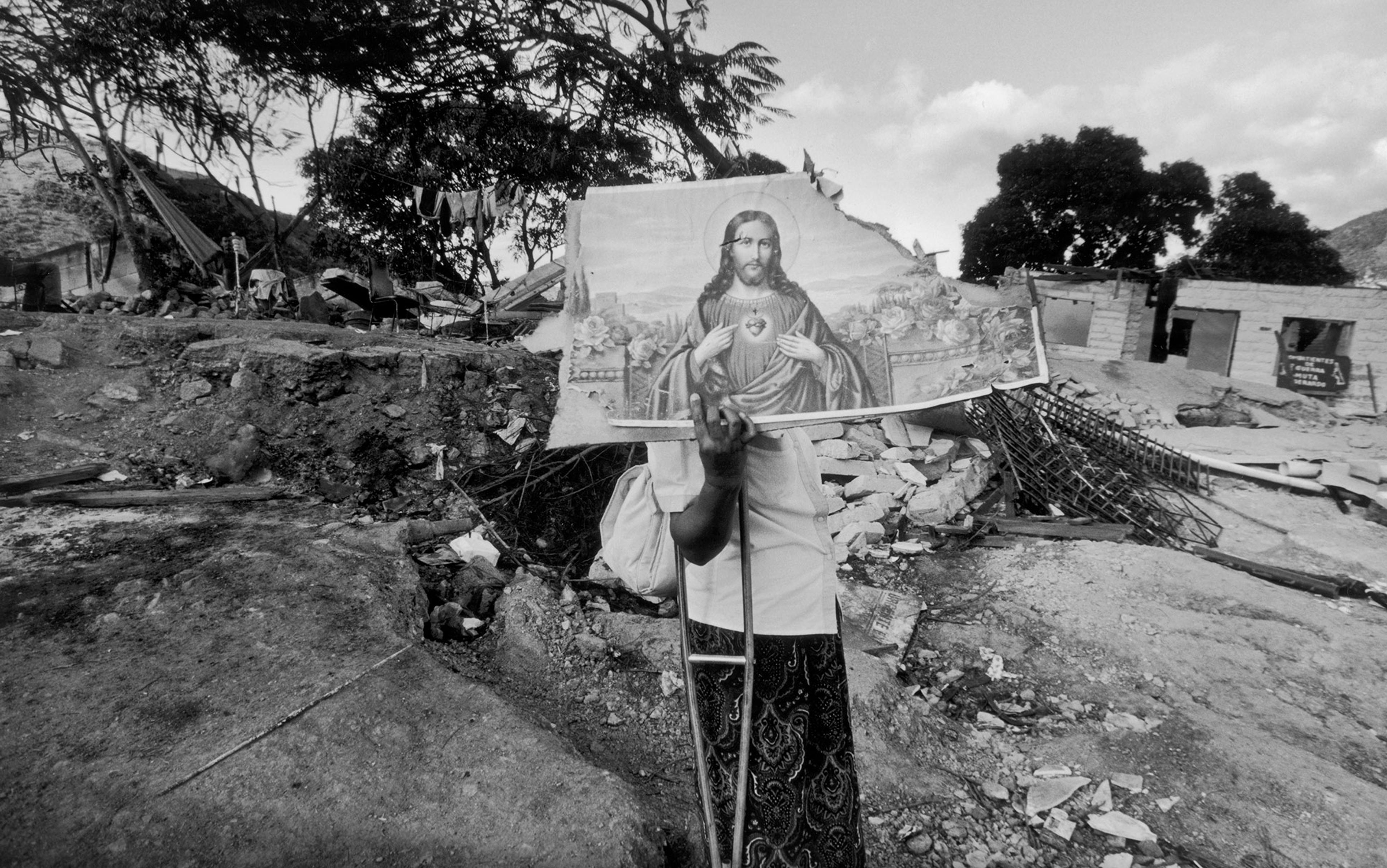
essayReligion
There was no Jesus
How could a cult leader draw crowds, inspire devotion and die by crucifixion, yet leave no mark in contemporary records?
Gavin Evans

videoHuman rights and justice
Witch hunts persist as a horrifying, deadly reality in pockets of rural India
24 minutes
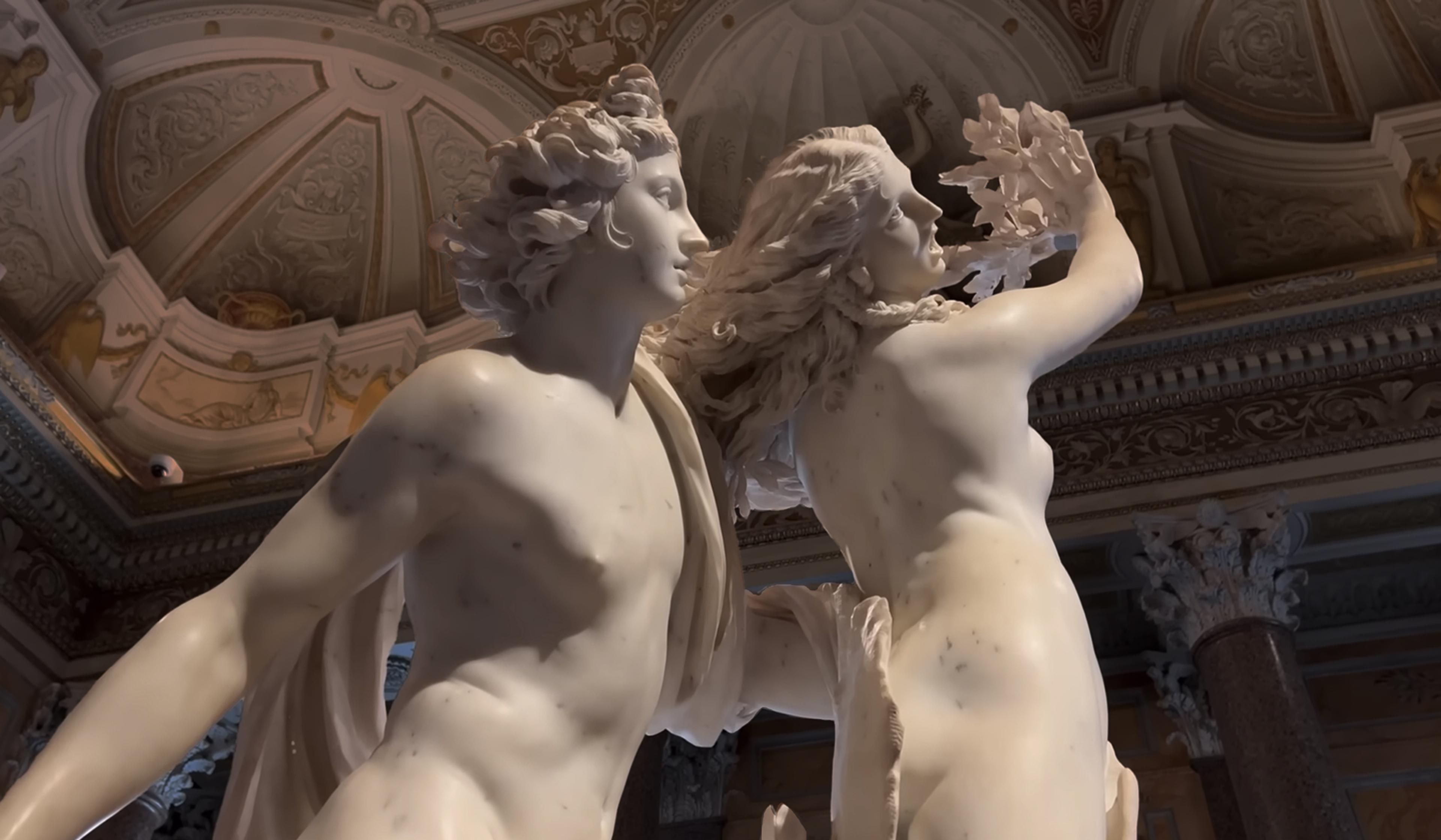
videoArt
The overlooked polymath whose theatrical oeuvre made all of Rome a stage
30 minutes